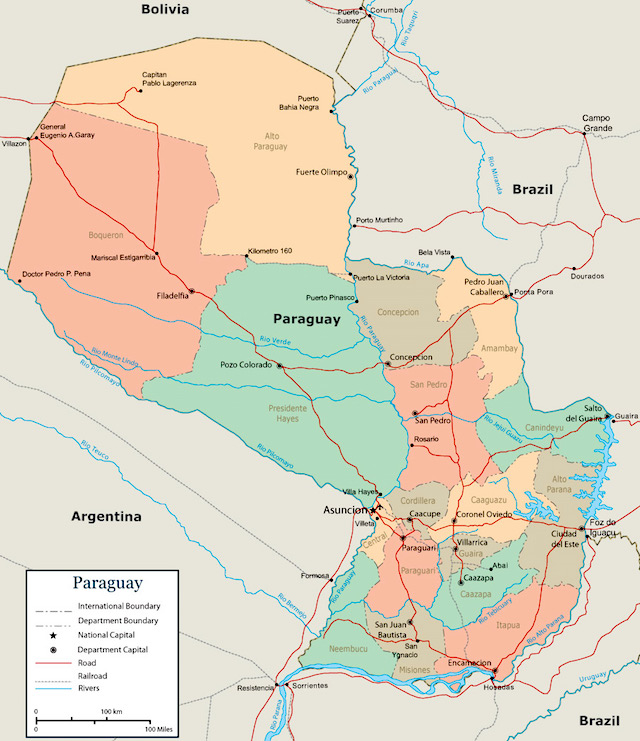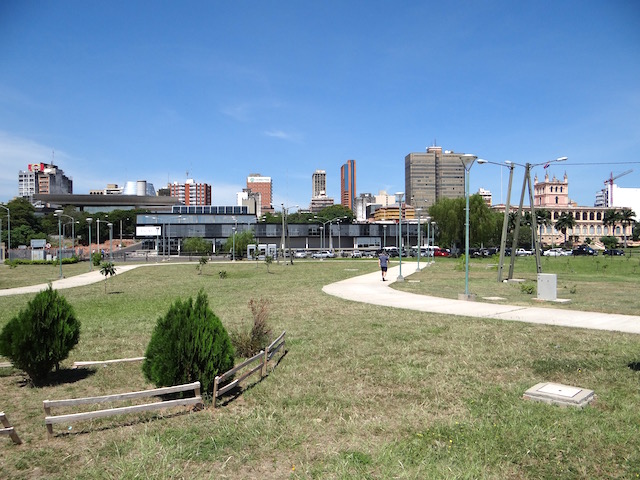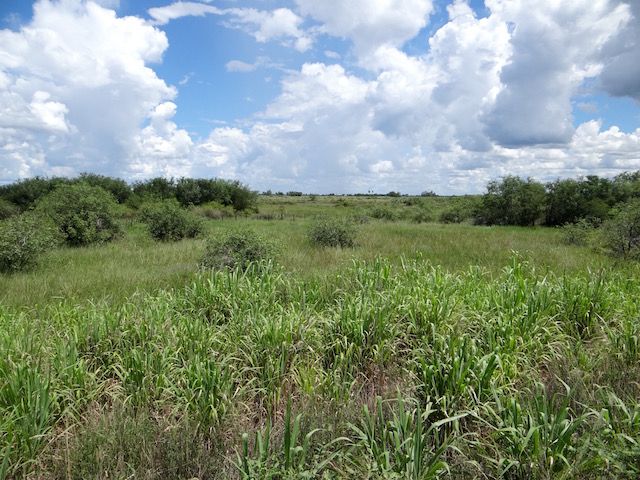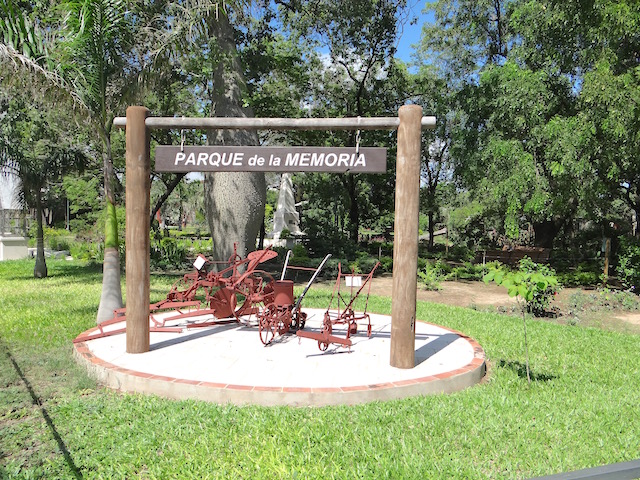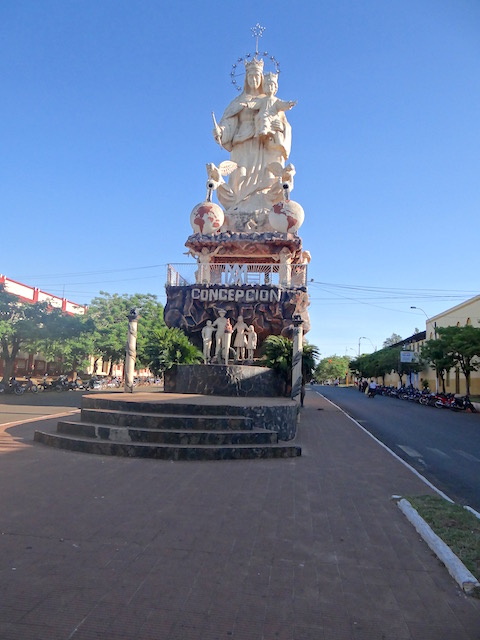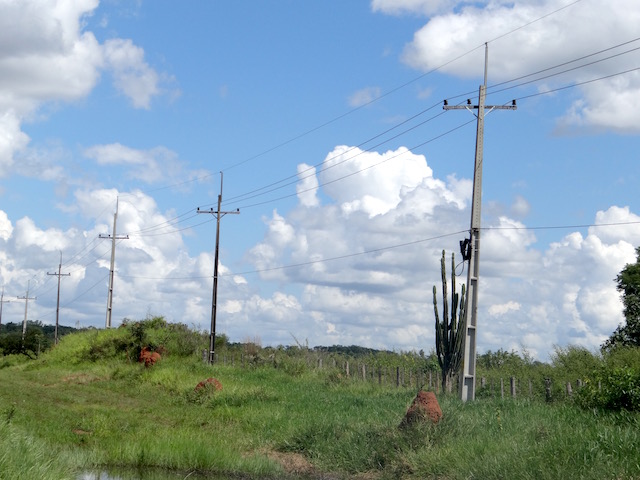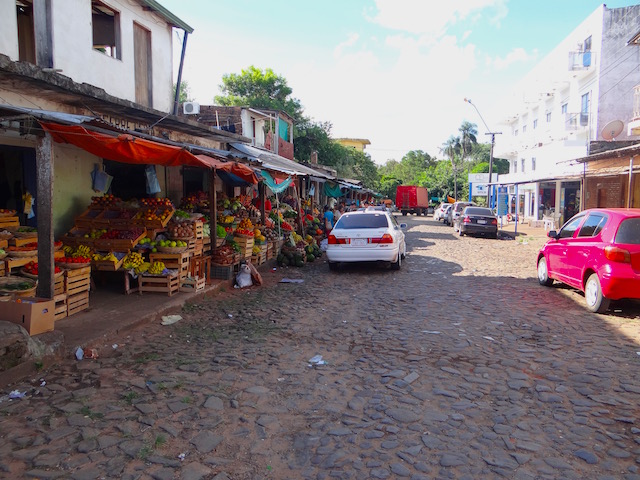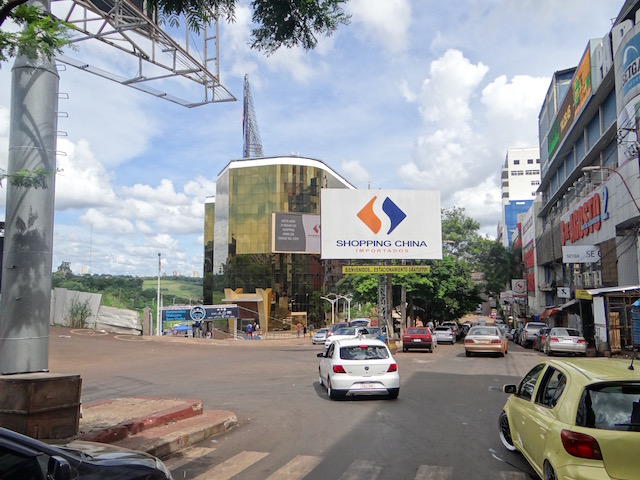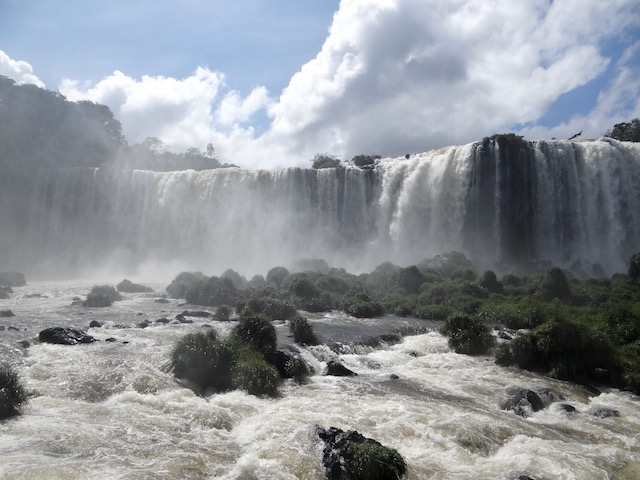
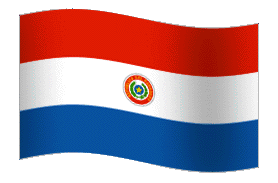 This South American country is surrounded by Argentina, Brazil and Bolivia and is therefore not bordered by the sea. It is divided into 17 provinces that together have an area of almost 407,000 km2. There are 6.8 million people living here with an average of 17 people km2. Most people live in the capital of Asuncion and the immediate area, that is 1.4 million people. The original inhabitants are the Guarani, but over time there have been a lot of immigrants like Russians, Germans, Japanese, Chinese, Argentineans and Brazilians. The currency is Guarani (1 € = 5500 Guarani).
This South American country is surrounded by Argentina, Brazil and Bolivia and is therefore not bordered by the sea. It is divided into 17 provinces that together have an area of almost 407,000 km2. There are 6.8 million people living here with an average of 17 people km2. Most people live in the capital of Asuncion and the immediate area, that is 1.4 million people. The original inhabitants are the Guarani, but over time there have been a lot of immigrants like Russians, Germans, Japanese, Chinese, Argentineans and Brazilians. The currency is Guarani (1 € = 5500 Guarani).
The Capricorn Circle runs approximately through the middle of the country, about 210 kilometers north of the capital. As a result, the Northwest (Chaco) is very different from the southeast (especially mountainous).
The first foreign interference came from the Spaniards in the 15th century. However, they only searched for other places outside the country. As a result the local residents (Guarani Indians) were left relatively in peace, making the country still bilingual (Spanish and Guarani). The Spaniards mainly used Asuncion (Mother of Cities) as a drop-out basis. In the second half of the 16th century, Franciscans settled in the country. They shared both the local culture and Spanish culture. From 1609 to 1768, there were also Jesuits in the country, especially in the south. The ruins of their places of residence are now the only locations in the country listed on the Unesco Heritage List.
In 1811, the country became independent of the Spaniards and since that time the country has been under several forms of government and also wars have taken place.
In 1954 General Alfredo Stroessner seized power after 22 presidents in 31 years. He changed the country into a dictatorship and stayed 34 years in power. It was only in 1989 that he was seized and the country became a republic. In 1993, the first democratic elections took place, but the regime did not change much. The country was ruled with strong hand. In 2008, Fernando Lugo came to power and tried to give the country a democratic face, but he was resigned in 2012. In 2013, Horacio Cartes became president, but he is of the party who once ruled the country with strong hand. It can not be said that the country is yet a true democracy. At the end of March 2017 there was a protest against corruption.
The country is not really touristy. Although there are hotels in many places, it is wise to make a plan in advance to suit your needs. Nature areas are not all easily reachable or accessible. You will need regular help from local people.
Climate
The country has a very warm climate. Between November and February is the warmest period, with temperatures rising to 45 °C, but during the cooler period, it will only be 30 to 35 °C. From June to August the temperature may drop to 25 °C. In higher areas, however, frost can also occur. It rains regularly in the country, often in heavy rains.
Chaco
This area covers about half of the country. It consists of two parts. The flat area already starts just north of the capital. The area is almost inhabited (only 2% of the population lives here). Besides the locals, Germans have also settled here. The largest group lives around Filadelfia. This small town can be reached via a long road called Transchaco. The southeastern area is especially an open area with so-called dry forest. There are even palm trees growing here. There are large farms that mainly deal with livestock farming. It has its own flora and fauna. North of Filadelfia lies the higher Chaco (Boreal). This area is quite inaccessible and it is recommended to enter it only with a guide and reserve a minimum of 5 days. The north of the area borders Bolivia. From 9 September 1932 to 12 June 1935 there was a war for this area, because there was expected that oil was could be found here, which was also was found in the neighbouring Andes area. Bolivia claimed this area, but Paraguay did not agree. The Chaco war caused 100,000 victims. A few years after the war it was concluded there was no oil at all in this area.
Other nature areas
Most of Paraguay is considered to be nature. In the northeast, with border to Brazil, there is an outcrop of the Pantanal and in the southeast it is a mountainous area, with a lot of agriculture. Although the country is landlocked, there are several rivers that provide sufficient water supply. At Ciudad del Este is also the largest dam in South America, which provides a large part of the power supply in Paraguay.
Culture
Through the different populations there is also a variety of culture. It is most evident in the capital. There are also several museums, although those, on a smaller scale, can be found in the rest of the country. The country can supports itself quit well with cattle and agriculture.
Date initial: 23 Feb 2017, 11:14:00
Datum update: 27 Apr 2017, 11:29:13
